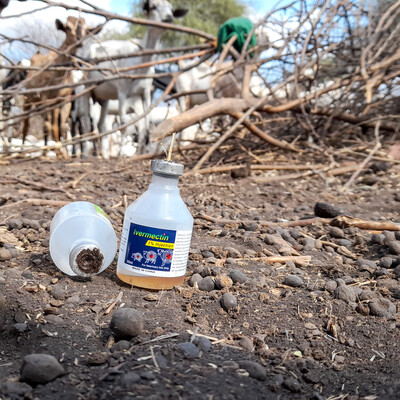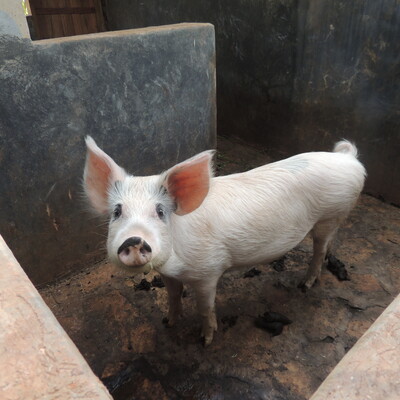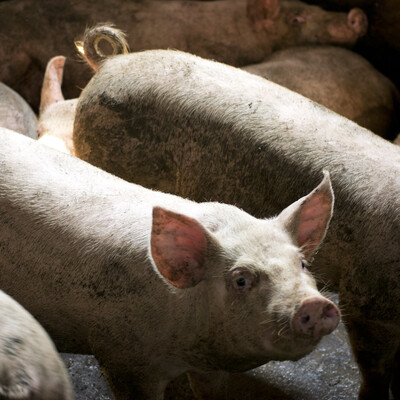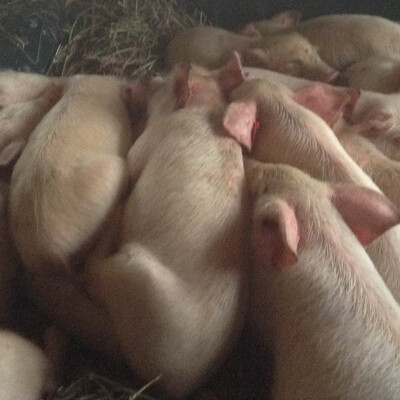
Identifying anthrax hotspots and associated ecological factors in Kenya
The overall goal of this project is to identify anthrax hotspots and associated ecological factors predicting infection and exposure risk in Kenya.
In Kenya and sub-Saharan Africa, outbreaks of anthrax occur in certain ecological regions, primarily triggered by weather extremes. Outbreaks of this neglected disease result in significant morbidity and mortality in humans, livestock and wildlife.
The overall goal of this project is to identify anthrax hotspots and associated ecological factors predicting infection and exposure risk in Kenya. This will inform measures to reduce the biological threat posed by the persistence of Bacillus anthracis (the pathogen that causes anthrax) and protect human and animal life.
Project activities
- Retrospective review of animal and human disease records.
- Serosurvey in dogs and humans in all geographical zones of the country to create a database of known anthrax cases and current seroprevalence rates. Data from the Kenya Acquired Immunodeficiency Syndrome Indicator Survey and ecological analysis of active outbreak sites will be added to this database to develop a risk map.
- Ecological niche modeling on the identified high-risk areas at distinct spatial scales to identify the temporal and environmental signals associated with the persistence of Bacillus anthracis.


















